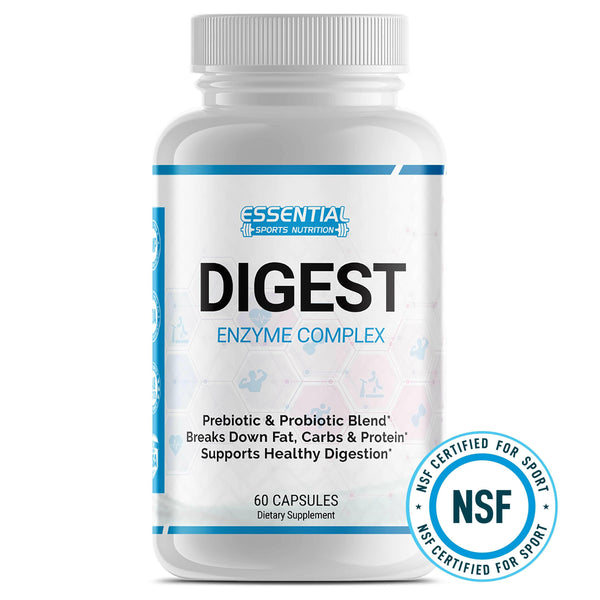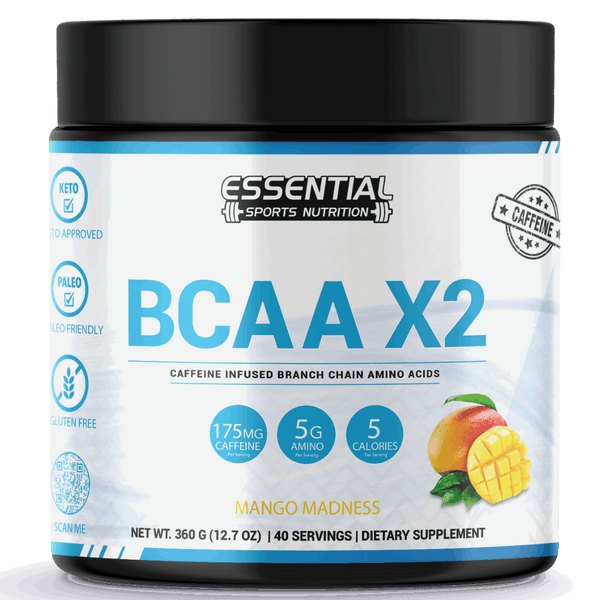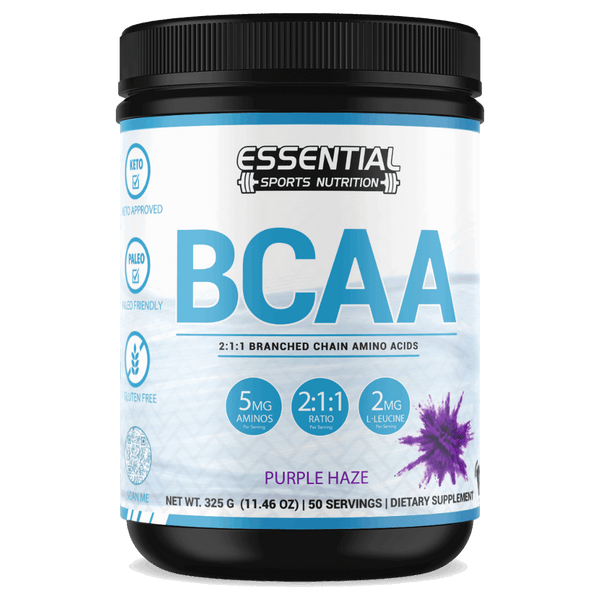Getting ready for a workout often starts with stretching. Many people feel stiffness in their back and look for ways to ease it before they begin exercising. One important fact to remember is that certain back stretches can prepare your body, making your workout more effective and preventing injuries.
This article will explain the best back stretches you should do before working out. These stretches help warm up your muscles gently and get them ready for physical activity. From the knees-to-chest stretch that targets your lower spine to the cat-cow movement that eases tension throughout your entire back, we've got you covered.

Key Takeaways
- Stretching your back before working out warms up your muscles, making them more flexible and less likely to get injured.
- The Knees-to-Chest stretch targets the lower back, the Supine Twist helps with spinal mobility, and the Cat-Cow is great for easing muscle tension across the entire back.
- Doing a few simple stretches like these can prevent back pain and tightness, improve your performance during exercise, and reduce the risk of strains or injuries.
Importance of Warming Up Your Muscles with Dynamic Stretches Before Exercising
Warming up before exercising opens your blood vessels. This process makes sure muscles get plenty of oxygen. It heats up your muscles too, making them more flexible. Flexible muscles are less likely to get hurt during a workout.
This is especially true for your back, where pain can stop you from doing exercises right.
A good warm-up also raises the temperature in your muscles and helps with movements in exercises like high knees or shoulder rolls. These actions prepare you not just physically but mentally for the workout ahead.
They lower the chance of getting strains or other injuries. Plus, they might improve how well you perform in sports or exercise routines by making your body ready to handle more stress and effort.
Dynamic Stretching VS Static Stretching

Warm-Up Effect: Dynamic stretching involves moving the muscles and joints through a full range of motion, which increases blood flow, heart rate, and body temperature. This helps prepare the body for physical activity by priming the muscles for action, making them more elastic and responsive.
Improved Athletic Performance: Dynamic stretching can enhance athletic performance by activating the muscles used during specific activities. By mimicking the movements of the upcoming activity, dynamic stretches help improve coordination, agility, and neuromuscular control, which are essential for optimal performance.
fEnhanced Flexibility and Mobility: While static stretching primarily targets passive flexibility (the ability of muscles to stretch while at rest), dynamic stretching focuses on active flexibility (the ability of muscles to stretch during movement). This can lead to improved functional flexibility and mobility, which are crucial for activities that require dynamic movements.
Injury Prevention: Dynamic stretching helps prepare the muscles and joints for the demands of physical activity, reducing the risk of injury. By gradually increasing the range of motion and activating the muscles in a controlled manner, dynamic stretches help improve joint stability and proprioception, making the body more resilient to potential injuries.
Neuromuscular Activation: Dynamic stretching involves the activation of the neuromuscular system, which helps improve muscle activation patterns and coordination. This can lead to more efficient movement patterns and better performance during physical activities.
Time Efficiency: Dynamic stretching can be integrated into a warm-up routine more efficiently than static stretching since it typically involves continuous movement and can be performed in a shorter period. This makes dynamic stretching a practical choice for athletes and individuals with limited time for warm-up activities.
While dynamic stretching offers numerous benefits, it's essential to note that static stretching still has its place in improving flexibility and muscle recovery, especially when performed at the end of a workout or during a cool-down routine. The choice between dynamic and static stretching depends on factors such as the specific activity being performed, individual goals, and personal preference.
Effective Upper and Lower Back Stretches for Pre-Workout
Before you start exercising, it's smart to stretch your back. This helps prevent pain and warms up your muscles.
Knee-to-Chest Stretch
To start the knees-to-chest stretch, lay down on a sturdy surface. Keep your heels grounded. This movement is great for getting your lower back ready before working out. It targets the muscles in your lower back specifically.
Pull your knees toward your belly and hold them with both hands. Breathe deeply and hold this position for a moment to let those muscles stretch well.
Repeat this exercise a few times to make sure those areas are fully warmed up. Doing so helps prevent low back pain and injury during more intense activities later on. It's recommended by many physical therapists as an effective way to prepare your body for exercise, improving flexibility in the lower back region.
Supine Twist Back Stretch
Lie on your back to start the Supine Twist Back Stretch. Bend your knees and keep your feet flat on the ground. Gently lower both knees to one side, keeping your shoulder blades touching the floor.
This position stretches your lower spine and glutes, which often tighten from low back discomfort.
This stretch not only increases mobility in the backbone but also extends muscles in your belly, deltoids, neckline, hips, and glutes. It helps relax the body, eases spinal pain, enhances flexibility along with sleep quality and digestion.
Doing this can make a big difference in how you feel and move throughout the day.
Cat-Cow Back Stretch
Start on your hands and knees for the Cat-Cow stretch. Make sure your wrists are under your shoulders and your knees are under your hips. This yoga pose will get your back ready to work out by moving it in a smooth flow.
Breathe in and let your stomach drop toward the mat, lifting your head and tailbone up toward the ceiling for the "Cow" part. Then breathe out, pull your belly button toward your spine, round out your back, and tuck in your chin for the "Cat" part.
This motion stretches each part of the backbone gently but effectively. Doing Cat-Cow warms up those muscles along the spine, reduces muscle tension, and boosts flexibility before you dive into more intense exercises.
It's great for easing lower back pain too. Repeat this fluid movement several times at a slow pace to maximize its health benefits before starting the rest of your workout routine.
Seated Forward Curl Back Stretch
Sit on a chair with your feet flat on the ground. This position helps you prepare for the Seated Forward Curl Back Stretch. Next, slowly curl your neck, upper back, and lower back forward towards your thighs.
You are aiming to stretch the muscles in your spine gently.
This exercise can greatly reduce the risk of feeling sore after working out. It also makes your back more flexible. Keep your movements smooth and take care not to rush. Hold this position for a few seconds, then sit up straight again to relax before repeating the stretch a few times.
Conclusion

Warming up your muscles before exercise is crucial, and doing back stretches helps a lot. The Knees-to-Chest Stretch, Supine Twist, Cat-Cow, and Seated Forward Curl are great ways to get ready for your workout.
These moves are not hard to do and they really help prepare your back for any activity. Doing these stretches can lower the chance of getting hurt and make exercising feel easier. Remember, taking a few minutes to stretch can make a big difference in how you feel during and after your workout.
FAQs
Q: What are the best back stretches to do before a workout?
A: Before exercising, try dynamic stretching like knee lifts and arm circles to warm up your muscles. Then, use static stretches such as the child’s pose and cat stretch to target your back, helping increase flexibility.
Q: Why should I stretch my back before exercising?
A: Stretching your back helps prevent injuries by increasing your range of motion and flexibility. It also prepares your muscles for the workout ahead, reducing soreness and improving performance.
Q: Can stretching help if I have a backache?
A: Yes! Gentle stretching exercises like the piriformis stretch or using a foam roller can ease backache by relaxing tight muscles and improving blood flow to the area.
Q: How long should I hold each stretch for my back?
A: Hold each static stretch for about 20-30 seconds while breathing deeply. This allows enough time for your muscles to relax and lengthen without causing injury.
Q: Are there any stretches I can do at my desk to help my back?
A: Absolutely! Try seated twists or shoulder shrugs right at your desk to relieve tension in your upper body. These quick stretches can make a big difference in how your back feels throughout the day.
Q: Do I need any special equipment for these back stretches?
A: Mostly no; you can perform many effective stretches without any equipment at all! However, tools like yoga blocks or foam rollers can enhance certain exercises by deepening the stretch or targeting specific muscle groups more effectively.
Q: What are the benefits of doing back stretches before a workout?
A: Back stretches help to loosen up tight muscles, improve flexibility, increase blood flow to the area, and reduce the risk of injury during a workout.
Q: How can I relieve lower back pain with back stretches?
A: Stretching the muscles in your lower back can help relieve tightness and discomfort, promoting better range of motion and reducing pain.
Q: What are some of the best lower back stretches to try?
A: Some effective lower back stretches include the knee-to-chest stretch, cat-cow stretch, piriformis stretch, and cobra stretch.
Q: Can back stretches help to strengthen back muscles?
A: Yes, incorporating back stretches into your routine can help to strengthen back muscles, improve posture, and support overall spinal health.
Q: How often should I do back stretches to maintain a healthy back?
A: It is recommended to perform back stretches regularly, ideally incorporating them into your daily routine to maintain flexibility and prevent back pain.
Q: Are dynamic back stretches better than static stretches?
A: Dynamic back stretches involve movement and are usually recommended before a workout to warm up muscles, while static stretches are beneficial for improving flexibility and should be done after exercise.
Q: Can back stretches help with both upper and lower back pain?
A: Yes, back stretches can target both the upper and lower back muscles, providing relief and promoting better overall spinal health.























